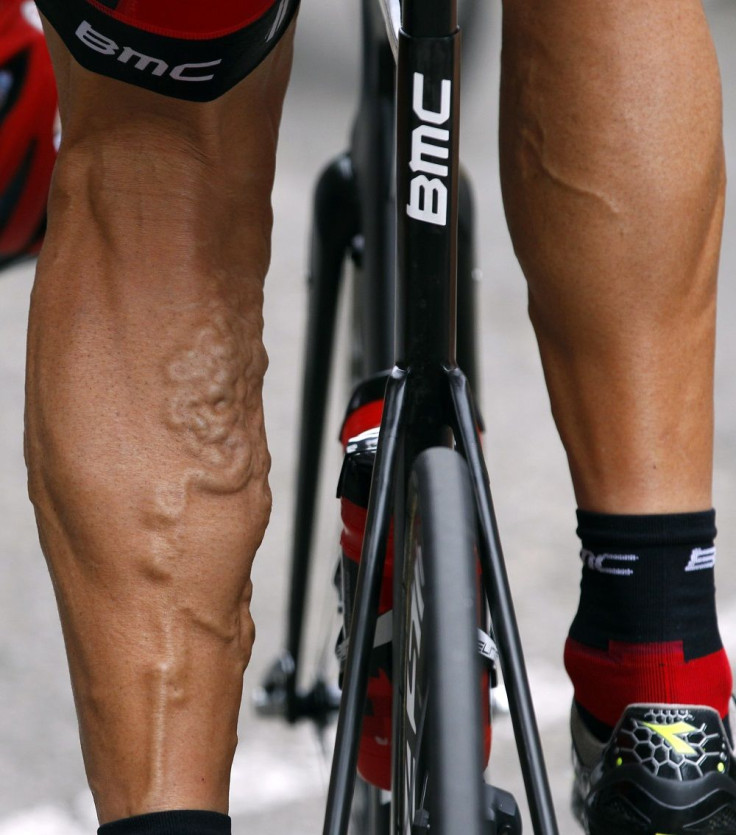Statins used to lower cholesterol help protect people from amputation & death due to narrowed leg arteries

Statins could be used not just to lower cholesterol but also to reduce the risk of amputation and death for people suffering from narrowed leg arteries. The risk lowers with the increase in dosage of statins.
Researchers from the Emory University School of Medicine in Atlanta presented the findings of their new study at the Arteriosclerosis, Thrombosis and Vascular Biology/Peripheral Vascular Disease 2016 Scientific Sessions organised by the American Heart Association. Most of people whose leg arteries narrow are suffering from peripheral artery disease (PAD).
This narrowing of peripheral arteries to the legs, stomach, arms and head is the next cardiovascular epidemic, warns Dr Shipra Arya, lead author of the study and assistant professor at the university’s Division of Vascular Surgery. She says PAD is a poorly recognised and inadequately treated ailment compared to heart disease due to lack of research on the optimal use of statins for PAD patients.
The research, not yet published in a peer-reviewed journal, studied more than 208,000 PAD patients who take high doses of statins over 5.2 year and compared them to those who did not take the cholesterol-lowering medication. Those who took statins had a 22 percent lower risk of amputation and death among PAD patients.
But Arya adds that besides statin, if the PAD patient could tolerate high doses, should be accompanied by other medical management programmes such as stop smoking, antiplatelet therapy and a walking programme. The lack of blood flow to keep up with demand causes leg pain among PAD patients. Have PAD could also be a sign of a more widespread accumulation of fat deposits in arteries which reduced blood flow to the heart, brain and legs, explains Mayo Clinic.






